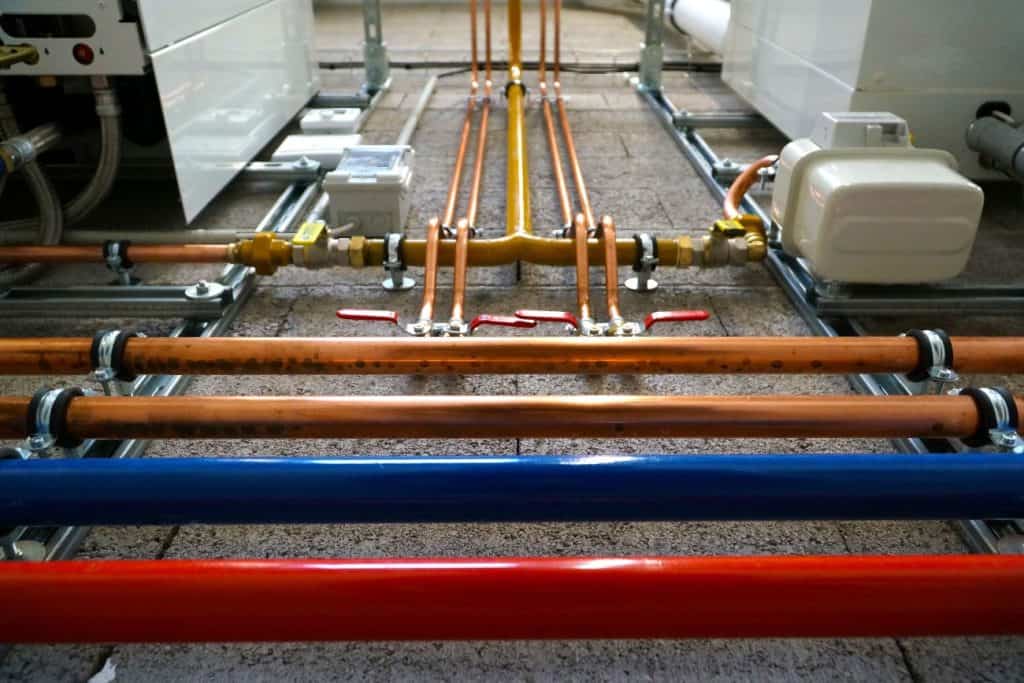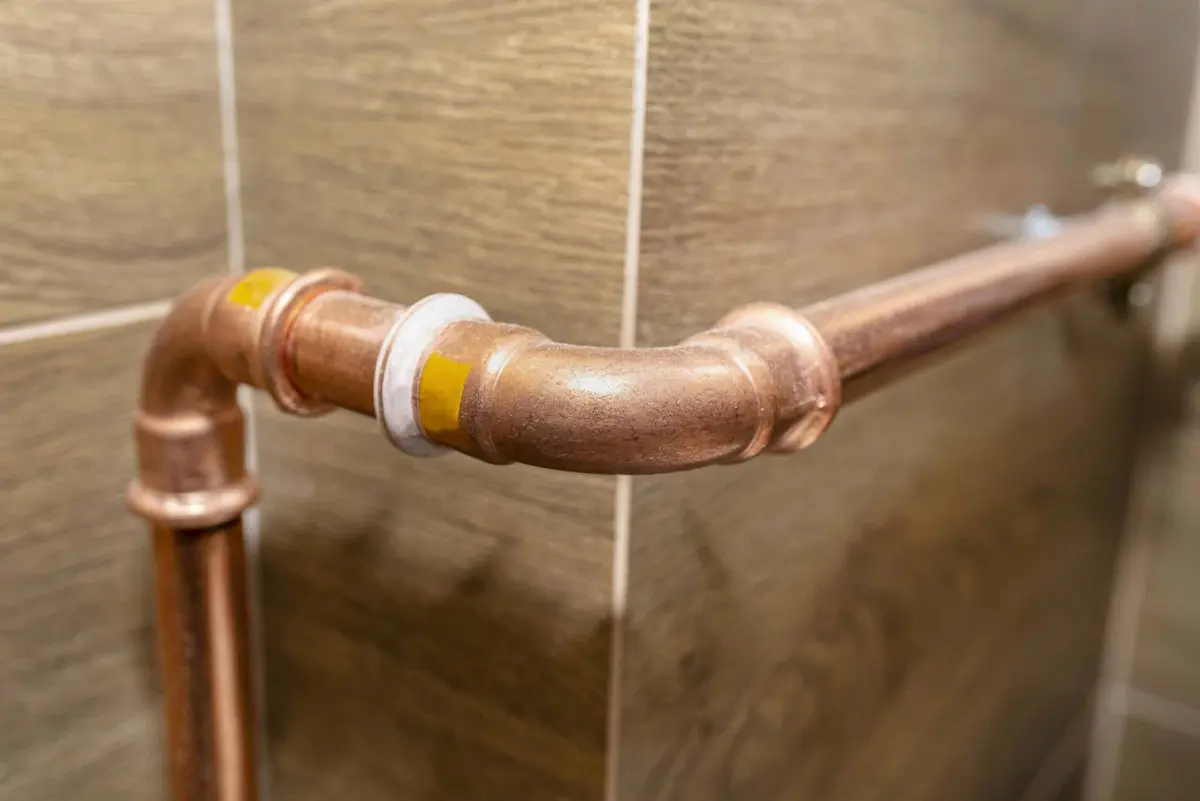What is Repiping? A Homeowner’s Guide To Replacing Your House’s Pipes
If you’re dealing with persistent leaks, low water pressure, or discolored water, you might be wondering if it’s time to repipe your home. But what’s involved in repiping, and how do you know if your home needs it?
This guide breaks down what repiping a house involves, when it’s necessary, and why it can be one of the smartest long-term upgrades for your plumbing system.
Let’s walk through the basics before minor plumbing problems turn into major headaches.
Let’s walk through the basics and help you spot the signs before minor plumbing problems turn into major headaches.

What is Repiping?
Repiping is the process of replacing old or damaged water pipes with new ones. This is usually done throughout the entire home, which is why the cost is so high.
Repiping involves removing or bypassing the damaged plumbing and installing new pipes made from durable, modern materials such as PEX or copper.
It’s a long-term solution for aging or corroded plumbing systems, especially in homes built several decades ago.
Over time, pipes can corrode, leak, clog with mineral buildup, or develop pinhole leaks, leading to water pressure issues and poor water quality.
In older homes, especially those with galvanized steel or polybutylene pipes, these plumbing issues can become constant and costly.
How Does Repiping Work?
You might be asking, How does repiping work? It’s a multi-step process that starts with a thorough inspection of your current plumbing. The good news? Most jobs can be completed in just a few days, with minimal disruption to your daily routine.
What Is Involved in the Repiping Process?
You might be asking, “What’s the process like?”
It’s a multi-step process that starts with a thorough inspection of your current plumbing. The rest of the process consists of the following phases:
Inspection and Evaluation
A licensed plumber checks your system for leaks, corrosion, outdated materials, and water pressure issues.
Material Selection
Based on your home’s layout and water quality, your plumber recommends PEX or copper piping.
Water Shut-Off and Access
Water is turned off in sections. Access points are created in walls, ceilings, or floors to reach the old pipes.
Pipe Installation
New water lines are installed throughout the home, connecting to all major fixtures and appliances.
Testing and Wall Repair
The system is tested for leaks and pressure, then drywall is patched, and surfaces are cleaned up.
What’s The Best Material For My Home’s Pipes?
Choosing the right piping material is one of the most important decisions you’ll make during a repipe. The two most common options today are PEX (cross-linked polyethylene) and copper, and each comes with its own advantages.
PEX Piping
PEX piping is flexible, cost-effective, and easier to install in tight spaces. It’s resistant to corrosion and scale buildup, making it a strong choice for homes with hard water.
Copper Piping
Copper piping is more traditional, known for its durability and natural resistance to bacteria. It’s highly heat-resistant and has a proven 50+ year track record in residential plumbing.
Both are safe and approved for modern plumbing systems. The best choice depends on your budget, home layout, and long-term goals.
Is Copper piping Safe?
Absolutely! Copper piping is safe and has been a trusted solution for decades. Copper pipes are known for their durability, corrosion resistance, and ability to withstand both hot and cold water. They also have natural antimicrobial properties, which help keep your water cleaner. For homeowners concerned with long-term reliability, copper remains a solid choice.
Curious about the pros and cons of each? Check out our in-depth comparison: Copper vs. PEX Piping
When Should You Consider Repiping?
You might want to consider repiping if:
- Your home is more than 30 years old
- You’ve had multiple leaks or pipe bursts
- Your water is discolored, smells metallic, or tastes off
- You’re dealing with low or inconsistent water pressure
If any of these sound familiar, it’s worth having a licensed plumber inspect your system. Repiping can feel like a big job, but the peace of mind and improved water performance are well worth it.
Think Your House Might Need New Pipes?
If you’re noticing leaks, rust-colored water, or low pressure, don’t ignore the signs. A professional inspection can help you decide if repiping is the right solution.
Schedule a plumbing evaluation today and find out if your pipes are due for an upgrade.
Frequently Asked Questions
How long does repiping take?
Most repiping projects take between 2 to 5 days, depending on home size and accessibility.
Do I need to move out during a repipe?
Not usually. Reputable plumbers work in zones to keep key fixtures functional while work is underway.
Does repiping fix drain problems?
Repiping replaces supply lines, not drain pipes. However, it often includes updates to shut-off valves and water heater connections.
What types of pipes are used?
Most repipes today use either PEX (flexible and affordable) or copper (durable and long-lasting).
Will walls be damaged during the process?
Some drywall access is required, but pros keep it minimal and include wall repair as part of the project.


